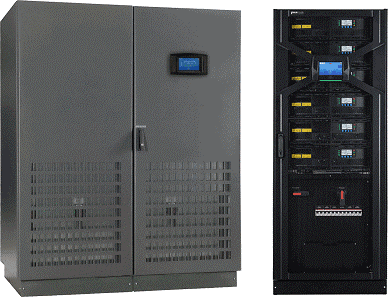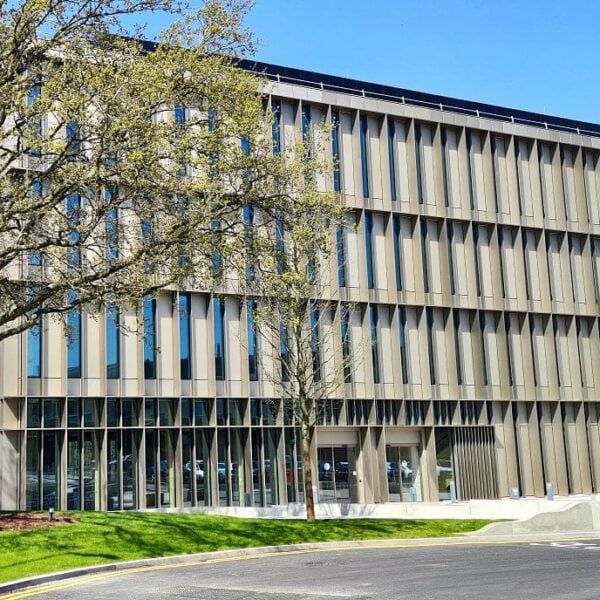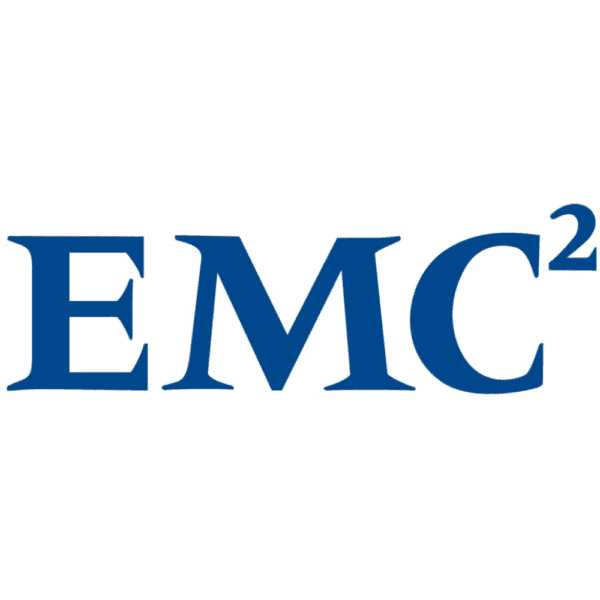At times, when energy prices are unsettled, many companies become cautious in their approach to expenditure. Whilst this is understandable, it can mean that critical parts of the business, like the IT infrastructure, are put at higher risk of failure. This article explores why upgrading your UPS should remain a priority and how a new system will help to reduce operating costs.
“When should an older UPS be replaced with a new one?” is a question that virtually all data centre owners will have to answer.
Most data centre managers are tasked with striking a careful balance between maintaining high levels of uptime and controlling both CAPEX and OPEX.
When confronted with the dilemma of aging UPS infrastructure, a key component for keeping data centres up and running, managers have a choice of either pursuing a ‘run to fail’ approach or buying new UPS infrastructure. Couple this with unsettled energy prices, making the right decision requires several factors to be carefully considered. These factors include the criticality of the data centre, future load requirements and whether cost savings surrounding energy efficiency are a factor.
The ‘run to fail’ model
Under this scenario, the older UPS is kept in service until ‘end of life’ is reached. Assuming the UPS does not unexpectedly fail or drop the load, it is the lowest CAPEX option with the least amount of disruption to day-to-day operations. However, the risk of sudden failure impacting the load is higher. As a UPS ages, maintenance costs and OPEX will rise. This model serves as an appropriate option when no budget exists for the purchase of a new system, but it does carry a greater risk of potential financial and reputational consequences if a power anomaly or outage was to occur.
Full system replacement
Replacing an older UPS with a new UPS offers a short duration risk during the changeover, but the lowest long-term risk profile. Initially, the CAPEX will be higher but this needs to be balanced against the lower operating expenses such as lower service costs and higher efficiency performance.
The purchase of a new UPS becomes a more attractive option when the existing UPS vendor no longer offers support and spare parts are unavailable. Often with older UPS models, the capacity and efficiency ratings do not address current or future needs. In some situations, the fear of system failure is so acute that only a new UPS can provide the peace of mind required.
To find out more about KUP’s range of UPS systems and UPS maintenance programmes, please get in touch by calling +353 (0)1 4606859.





